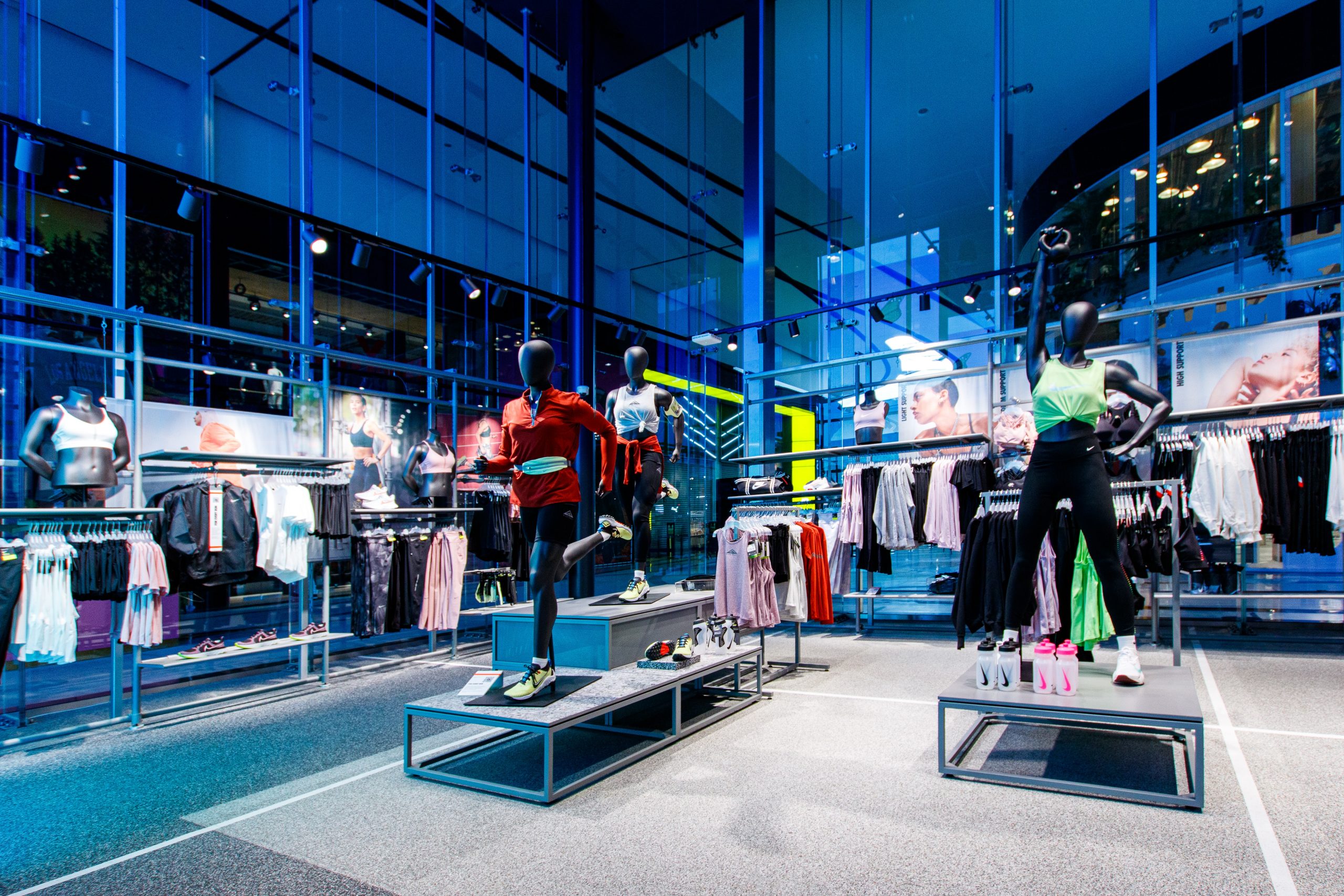
How Retail Consumers Spend During Economic Hardship
Retail consumers i.e. human beings are complex creatures, influenced by a myriad of factors when it comes to making purchasing decisions. Speed of delivery, cost of returns and product selection are all key factors to consider. But what happens when unemployment, inflation, politics, war, and economic downturns play a key role in how consumers shop? In a world of continuous uncertainty, consumers are just as volatile as their surroundings and as marketers, we need to be taking this into consideration.
The obvious and not so obvious changes in purchasing behavior
During economic turbulence, non-essential items, such as fashion, tend to take a hit as consumers prioritize essential spending and saving any extra cash for unforeseen circumstances.
However, this doesn’t necessarily mean that consumers stop spending altogether. Instead, they may shift their focus towards investing in quality, versatile items that can be worn/used in different ways and will last longer, rather than chasing the latest trend. This is where second hand, sustainable, and preloved fashion comes to play, as consumers seek out more responsible ways to shop.
As a result, the fashion rental market is gaining serious momentum as consumers become more mindful about their purchases and seek to make the most out of each item they acquire.
Interestingly, tough economic times can also lead to increased spending, and we see a rise in the “bulk buying” mentality, where people feel like they might as well spend their money now while they have it. Additionally some consumers tend to spend more during times of crisis to make themselves and their loved ones feel better – even if the overall volume of purchases decreases.
In many instances, emotional value and lifetime pieces are gaining more importance over impulse purchases. Many consumers are willing to invest in quality items that will last a long time and offer a bigger emotional reward. This trend is fueled by other factors like sustainability and brand mission, which have become more important to customers. In such times, brand recognition and loyalty are crucial to maintain growth. A good example of this is one of our luxury retail clients, whose discounted line and sales campaigns were top performers, but their full-price signature collection also sold out within hours. This shows that loyal customers are willing to pay a higher price for iconic products that they identify with and value.
So, how can retailers navigate these tricky waters?
By taking a customer-centric approach to marketing. Understanding consumer behavior through data and insights can help retailers identify trends and patterns that may influence spending. For instance, as Mother’s Day approaches, retailers can analyze historical performance data, utilize market insights platforms like eMarketer and Canvas8 to build a bigger picture, and identify new channels to maximize exposure.
First-party data becomes incredibly important in this context as it gives you the ability to tap into the inner workings of your customers’ minds and learn exactly what makes them tick.
We’ve seen the proof ourselves with our retail clients, where good first-party data practice has literally saved businesses from taking a big hit in revenue. Take one of our success stories, (a beauty brand we worked with during the pandemic), as an example. By using advanced data analysis and reporting tools to monitor customer behavior, we were able to spot a significant shift in consumer habits – and respond quickly and decisively to keep their brand top of mind. We monitored shifts in Net Promoter Score (NPS) and other engagement scores across all channels and KPIs. With a watchful eye on Average Order Value (AOV), we noticed a significant change in consumer behavior, switching from branded products to less expensive own-brand items. Their response? To act fast and decisively, investing more in own-brand marketing support and bringing the products front-of-mind both online and in store. The result? A whopping uplift in revenue.
So, don’t let this opportunity pass you by. Invest in your brand’s first-party data strategy now, and you’ll be reaping the rewards for years to come.
A seamless user experience is another essential element for marketers to perfect at this time. A positive user experience is not only important for converting traffic into sales, but it also helps to build brand loyalty and retain customers. By prioritizing user experience we’ve seen brands benefit from increased customer engagement, higher conversion rates, and more positive reviews, which in turn attracts new customers. Do keep in mind that the user experience encompasses everything from the website’s design and functionality to the ease of checkout and delivery process.
Of course, it’s impossible to predict changes in consumer behavior with complete accuracy. However, by having a customer-centric approach to marketing, retailers can create campaigns that resonate with their customers and help them weather the storm during tough times. By ensuring that their websites are easy to navigate, delivery is competitive, and there are no barriers to checkout, retailers can provide the best possible experience for their customers.
Nonetheless, an end-to-end approach to marketing and consumer engagement is more important now than ever. Learn more about the specifics in our latest whitepaper.
Browse: Industry Insight
Read Next
Find out how we can help you
With offices around the world, we can build a team perfect for your needs.

